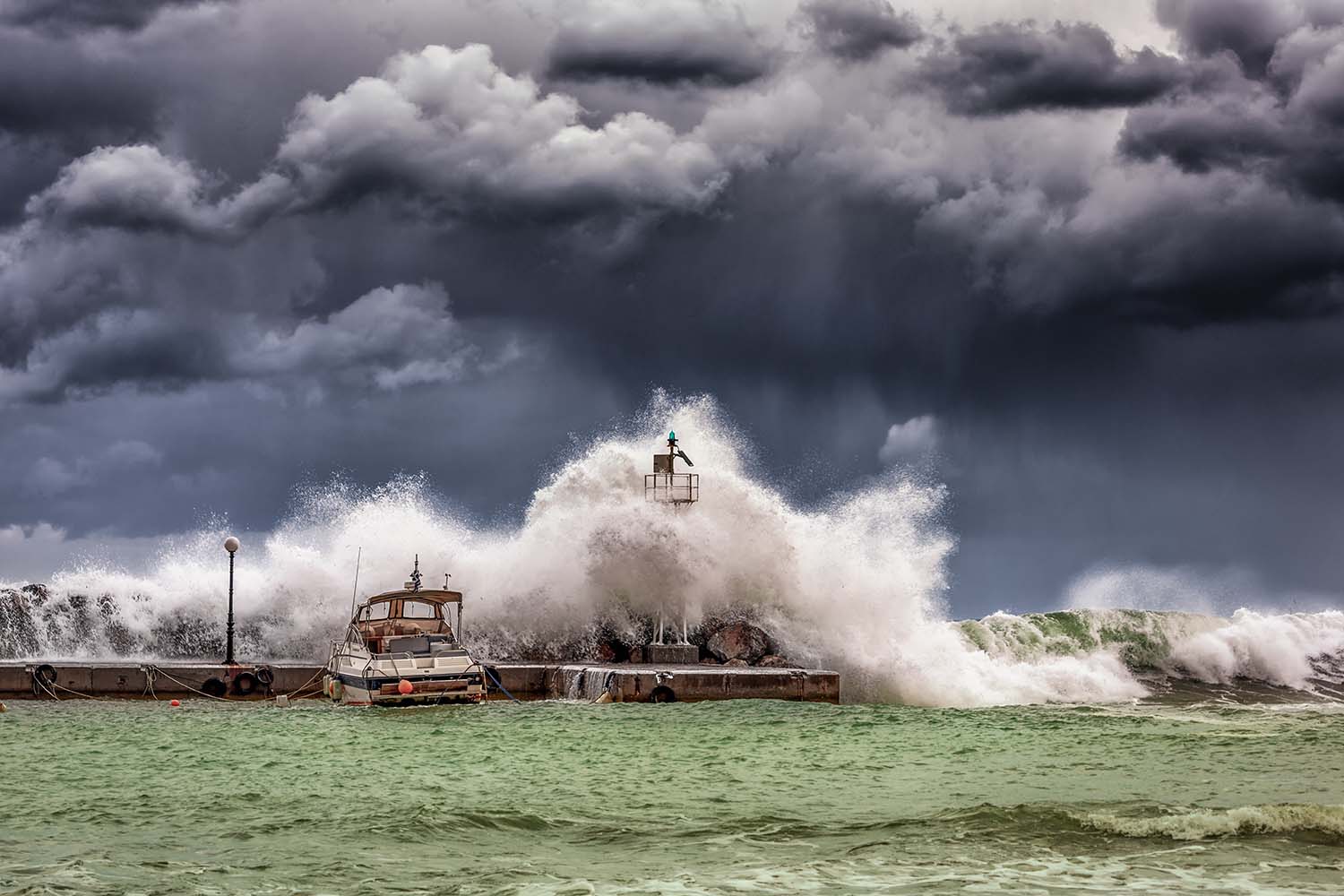Disaster Preparedness: Delve deeper into what it means to be prepared
With the ever increasing threats of natural disasters, climate change, and extreme weather conditions, now more than ever, it’s essential to be prepared for the worst. Being prepared for the unexpected is more than just stocking up on food and water and securing your home; it is about being ready to manage whatever comes and overcoming the challenges presented. To be truly ready for any disaster, an understanding of the three components of disaster preparedness – physical, psychological, and logistical – is essential.
Physical Preparedness
Physical preparedness involves having the proper supplies and materials necessary for survival in the event of a disaster. This may include food, water, medical supplies, shelter, and communication devices. Having the right combination of necessary supplies, from basic to more specialized items, is essential and will vary depending on the type of disaster.
Food and water are some of the most basic and important supplies to keep stocked in case of a disaster. Canned and shelf-stable goods should be a given; however, it’s also important to have food items for any special dietary needs and enough fresh water for drinking, washing, and other uses. Other basic supplies include first aid kits, flashlights, batteries, and extra clothing.
Beyond the basics, physical preparedness also means getting ready for more specialized disasters. In the case of hurricanes and other storms, materials such as tarps, sandbags, and tools to secure doors and windows are necessary. In the event of an earthquake, having an emergency bag stocked with additional shelter, medical, and communication items is recommended.
Psychological Preparedness
Despite commonly accepted knowledge of what food and materials are necessary for physical preparedness, what is more often overlooked is the psychological aspect of disaster preparedness. While logistically preparing for a disaster is important, the psychological ramifications of the disaster should also be acknowledged and addressed.
Recognizing the possibility of psychological trauma, stress, and depression following a disaster is essential. Symptoms of psychological trauma may include anger, fear, withdrawal, nightmares, and difficulty sleeping. Talk to your loved ones before, during, and after the disaster about how they are feeling and coping, and ask for help if needed.
Additionally, the connection to the community and the reality of the disaster should not be overlooked. Connecting with those in a similar situation, talking to a professional, and understanding the reality of the disaster are tools that can be used to help cope in the aftermath of a disaster.
Logistical Preparedness
Finally, logistical preparedness involves organizing and planning ahead in order to have a plan for the future. This includes having an emergency evacuation plan, getting acquainted with the area’s emergency services, staying informed of weather warnings, and being aware of the risks associated with a certain disaster.
Logistical preparedness also means being aware of the various sources of help available after a disaster strikes. These may include government or local aid, charities, and non-profit organizations. Knowing which organizations are available and having contact information ready is essential in order to take advantage of this assistance.
Being prepared for a disaster is more than just having the right supplies and materials. Managing the physical, psychological, and logistical components of disaster preparedness is essential. While the unpredictable environment we live in is daunting, understanding the steps required for proper disaster preparedness can help to make us better prepared for the worst situations.



